"Temporary" uses as a way to foil development: Bruce Monroe Elementary School site, DC | from school to park to housing
Rebuilding Place in Urban Space
JANUARY 29, 2024
Those buildings would create 273 units of housing, some of which would have replaced the existing 174 units at Park Morton while it undergoes redevelopment. I really like how the poster mis-states the original intention for the site, and of course, positions the use as a "giveaway to developers."

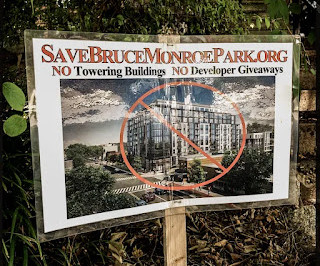
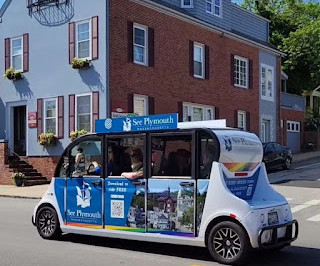
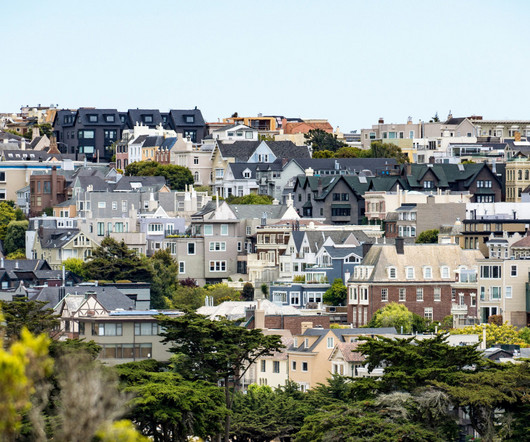
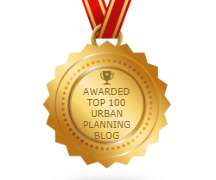
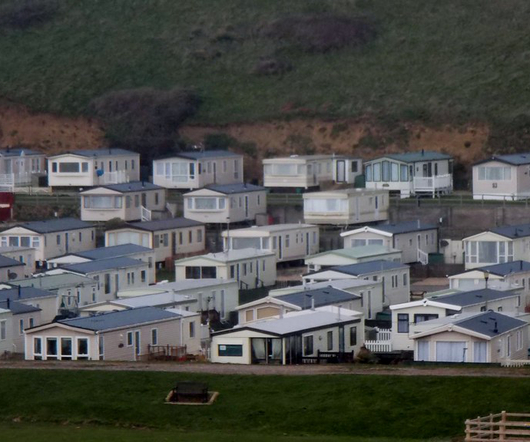

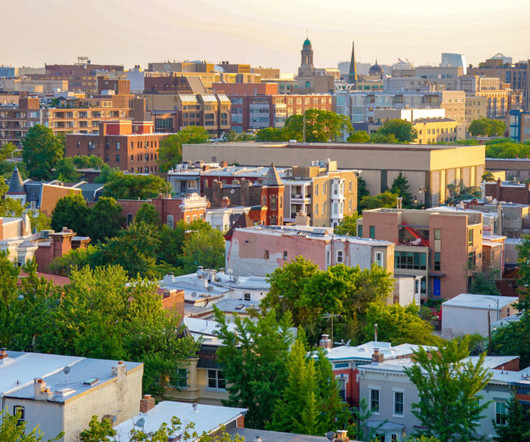








Let's personalize your content